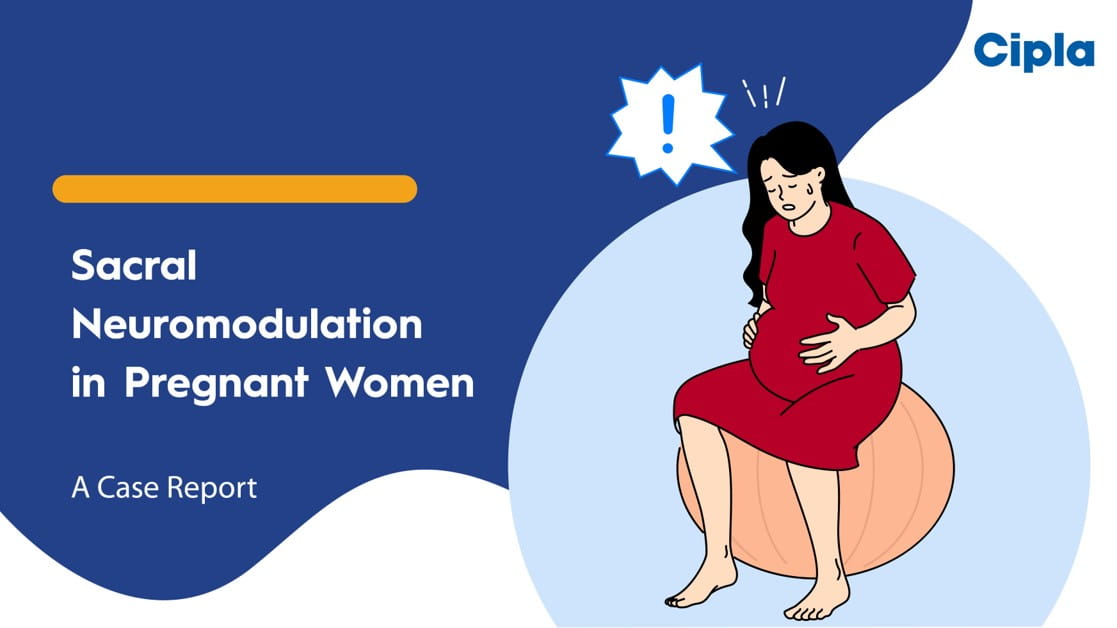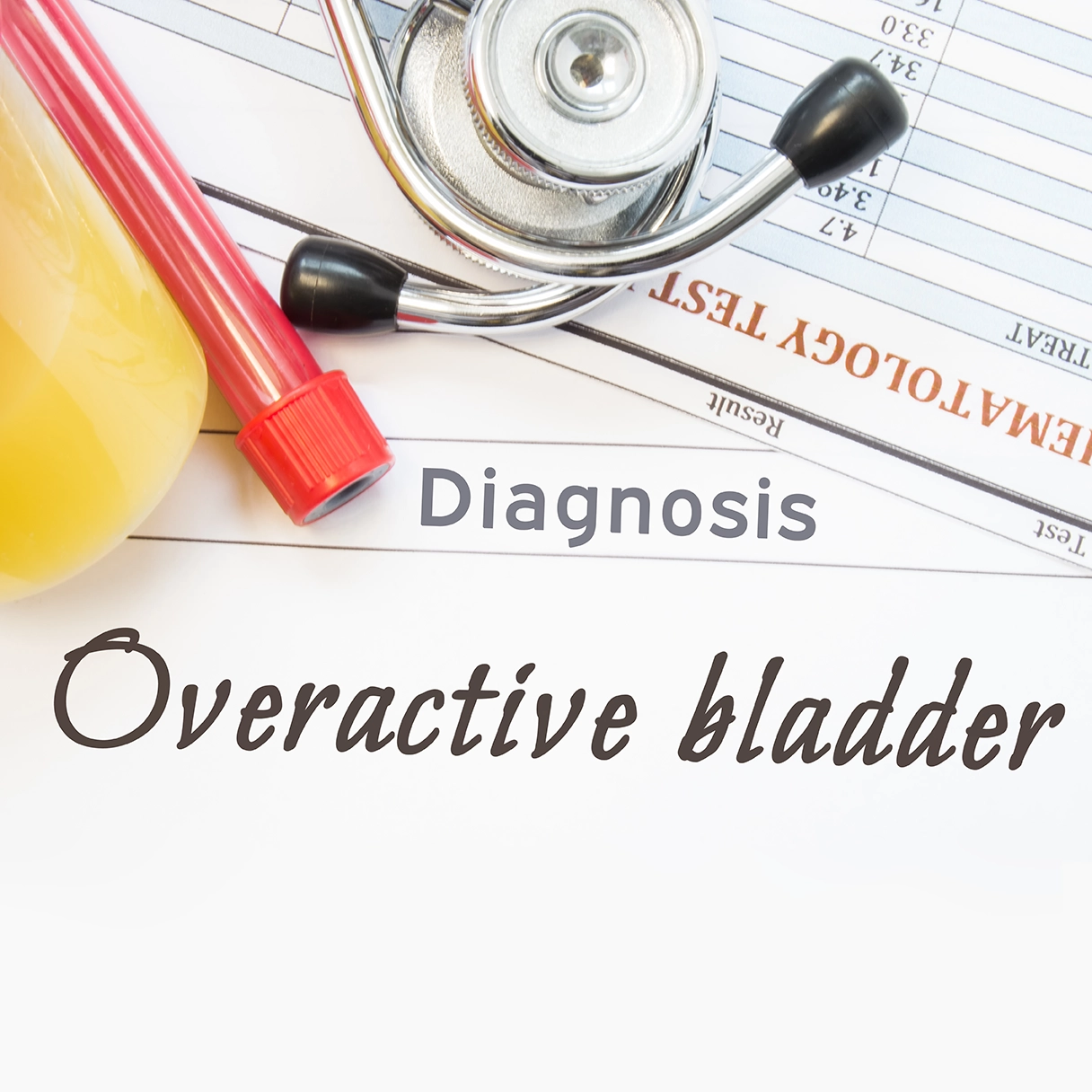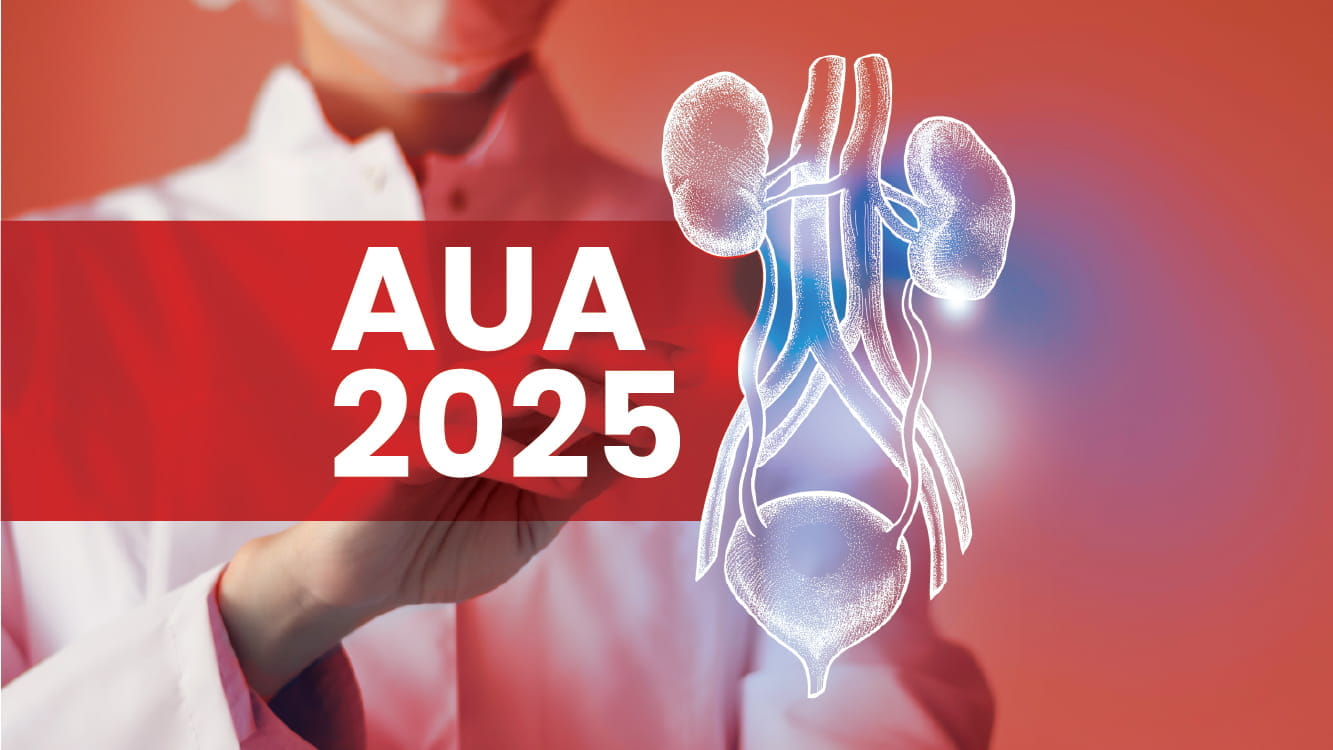SIU 2024: (IS-01) When is OAB Not Just OAB
Speaker: Dr. Jaspreet S. Sandhu, United States
Important Takeaways
1. Importance of Diagnosis: Accurate diagnosis of OAB requires ruling out other underlying conditions, including urinary tract infections, bladder cancer, and bladder stones.
2. Current Guidelines: The latest AUA guidelines provide a comprehensive algorithm for diagnosing and treating OAB, emphasising the necessity of history-taking, physical exams, and urinalysis.
3. Treatment Approaches: After ruling out other pathologies, OAB can be treated with various options, including lifestyle changes, medications, and, if necessary, surgical interventions.
4. Consideration of Iatrogenic Causes: Iatrogenic factors, particularly following anti-incontinence procedures, can mimic OAB symptoms and should be assessed carefully.
5. Role of Cystoscopy: For patients with persistent symptoms that do not respond to treatment, cystoscopy may be warranted to rule out underlying conditions, even if initial urinalysis is negative.
Key Highlights
Understanding the Complexity of OAB Symptoms:
Overactive bladder (OAB) symptoms—urgency, frequency, nocturia, with or without urgency incontinence—are common, particularly in adults over 60, with roughly 30% of this group affected. However, not all cases are purely idiopathic OAB. It is crucial to rule out other potential causes before starting treatment, as OAB-like symptoms can be a sign of underlying conditions that require specific management beyond typical OAB treatment.
Guideline-Driven Evaluation:
The latest AUA guidelines on idiopathic OAB underscore the need for thorough evaluation, particularly emphasising medical history, physical examination, urinalysis, and in some cases, additional diagnostics. Urinalysis is essential to screen for hematuria or infection. For patients with microscopic hematuria, a risk-based approach may involve imaging and cystoscopy to rule out bladder cancer or stones.
Differential Diagnoses in OAB:
-
Urinary Tract Infection (UTI): UTIs can mimic OAB. A positive urinalysis with white cells should be followed by a culture, especially for recurrent infections. Persistent symptoms after UTI treatment should prompt further investigation, as unresolved UTI symptoms could indicate another condition, such as bladder cancer.
-
Bladder Cancer: Microscopic hematuria, particularly if persistent or recurrent, should be evaluated with imaging and cystoscopy, especially in patients not responding to standard OAB treatment.
-
Bladder Stones: Stones can present with frequency, urgency, or pain and should be considered in patients with OAB-like symptoms and hematuria.
Other Conditions Mimicking OAB:
-
Benign Prostatic Hyperplasia (BPH): Often overlaps with OAB symptoms in men. Initial treatment frequently involves alpha blockers to manage voiding symptoms, with subsequent addition of OAB agents (anticholinergics or beta-3 agonists) if storage symptoms persist.
-
Iatrogenic Causes: Post-surgical factors, such as after anti-incontinence procedures (e.g., slings), are common in women. Symptoms of urgency or obstruction post-sling placement may signal outlet obstruction or erosion, particularly with mesh slings. In these cases, cystoscopy can help identify mesh erosion or improper sling placement.
When to Consider Diagnostic Cystoscopy:
Cystoscopy should be performed if symptoms do not resolve with standard OAB treatment or if there are red flags, such as recurrent hematuria, suspected malignancy, or concerns of erosion in patients with previous surgeries involving slings or mesh.
Key Recommendations:
-
Rule Out Pathology First: Establish an OAB diagnosis only after excluding other causes such as infections, stones, or malignancies.
-
Clinical Judgement in Persistent Cases: For patients unresponsive to typical OAB therapies, diagnostic cystoscopy or additional imaging is warranted to assess for underlying or concurrent pathologies.
-
Patient History and Risk Assessment: Tailor the diagnostic and therapeutic approach based on individual risk factors, past surgeries, and responses to previous treatments.
Conclusion:
OAB-like symptoms warrant a comprehensive evaluation to rule out other pathologies before initiating OAB treatment. A systematic approach following the AUA guidelines helps ensure that conditions mimicking OAB, such as infections, malignancies, or post-surgical changes, are appropriately managed, improving patient outcomes and avoiding misdiagnosis.
Société Internationale d'Urologie Congress, 23-26 October 2024, New Delhi, India.




